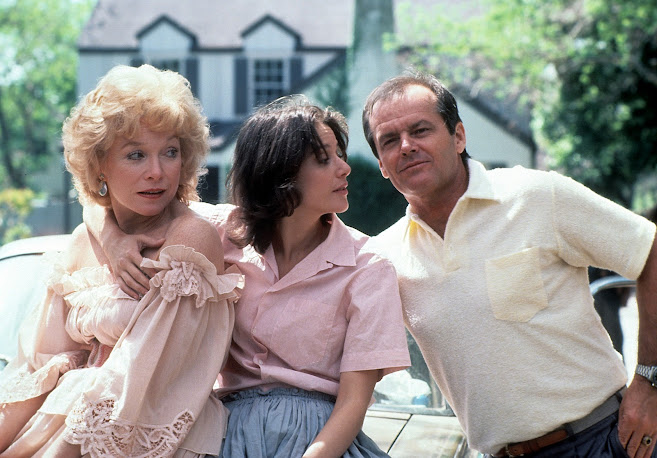Title: Dicks The Musical
Year: 2023
Director: Larry Charles
Country: US
Language: English
If you enjoyed the outlandish - weird for the sake of weird - filmography of queer auteur director John Waters then you'll find yourself fascinated by the absurd Dicks: The Musical. Pushing the boundaries of conventional taste, you'll find yourself asking "how did they get away with that!?".
A pair of business rivals discover that they're identical twins and decide to swap places in an attempt to trick their divorced parents to get back together.
So it's The Parent Trap...but gay, surreal and a musical? With a camp aesthetic similar to But I'm a Teenager (1999), Dicks: The Musical has a throw-everything-at-the-wall script that peels away convention and makes the audience gasp at how ridiculous everything can become. Did they seriously sing God is a f***ot? Why does Nathan Lane have sewer creatures as a pet?
The commitment to making a technically competent musical is admirable. The sets are eye-popping; the songs are catchy; the colors are vibrant. The dancing - albeit not ground breaking - is still better than most modern musicals. The main downside is that the film can be too reliant on low-brow humour and the story can meander in the middle.
Dicks: The Musical won the Midnight Madness award at the Toronto International Film Festival and it's no wonder why. This film was a big risk, its infringement on good taste could have made audiences groan, but thankfully it works as a whole.

















